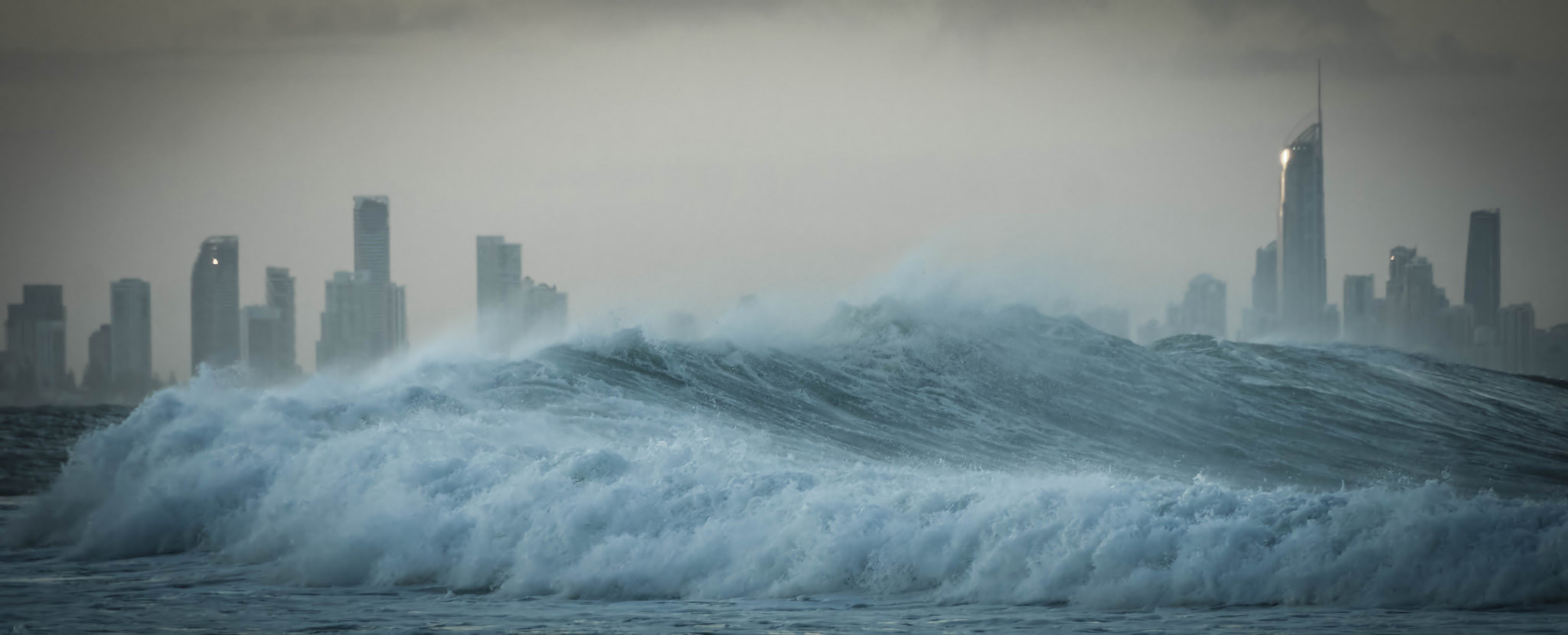
A one-metre rise in sea level could dramatically increase the frequency of flooding up to almost five times for tsunami-safe Macau, in a new study led by scientists from Nanyang Technological University, Singapore (NTU Singapore).
The team of scientists from NTU’s Earth Observatory of Singapore (EOS) and Asian School of the Environment (ASE), used computer modelling, and initially showed that Macau, a densely populated coastal city in China, is relatively safe from tsunamis as it requires an earthquake larger than 8.8-magnitude to cause widespread tsunami floods.
However, with just a sea level rise of 0.5 metres, the tsunami-induced flood risk increases to up to 2.4 times and with a 1 metre rise, up to 4.7 times.
The increased flooding frequency was contributed by earthquakes of smaller magnitudes which posed no threat at current sea level but could cause significant flooding at higher sea level conditions.
The study was published today in Science Advances, together with international collaborators from Virginia Polytechnic Institute and State University (Virginia Tech) in the United States and the National Taiwan University.
Led by Senior Research Fellow, Dr Lin Lin Li and Associate Professor Adam Switzer, the NTU team said these findings show that just a modest increase in sea level will have significant impacts on tsunami risk in most coastal areas, including those assumed to be tsunami safe, though more localised studies need to be done on the increased risks.
“It is well known that rising sea levels will have negative impacts on many coastal communities globally, and this is the first study that shows sea level rise will increase both the frequency and intensity of tsunami-induced flooding,” said Dr Li.
In simulations, sea-level rise dramatically increased the frequency of tsunami-induced flooding incidences by 1.2 to 2.4 times for a rise of 50 cm and 1.5 to 4.7 times for rise of 1 metre.
Assoc Prof Adam Switzer, Associate Chair (Academic) of NTU’s Asian School of the Environment, said they purposely chose ‘tsunami-safe’ Macau, a densely populated coastal city in southern China as their test bed.
“To simulate the risk of tsunami and the resulting floods for Macau corresponding to sea level, we used more than 5,000 tsunami simulations generated from synthetic earthquakes prepared for the Manila Trench,” explained Prof Switzer.
“The results were surprising, as smaller earthquakes which do not pose a threat today, started to cause tsunamis and flooding when sea levels were higher by 50 centimetres or more. Government policymakers and urban planners should take the new findings into account when planning for resilience and mitigation against climate change and sea level rise.”
The risk of large tsunamis in the South China Sea region primarily comes from the Manila trench, a megathrust system that stretches from offshore Luzon in the Philippines to southern Taiwan.
The Manila Trench megathrust has not experienced an earthquake larger than Mw 7.8 since the 1560s, but co-author Dr Wang Yu from the National Taiwan University and a visiting professor with EOS cautioned: “it shares many of the characteristics of the source areas that brought on the 2004 Sumatra-Andaman earthquake, as well as the Japan trench of the 2011 Tohoku-Oki earthquake. Both these disaster events caught many people by surprise”.
Co-author Associate Professor Robert Weiss from Virginia Tech said, “These findings will not only be of great interest to geoscientists, but also to a range of stakeholders such as policymakers, town planners, emergency services, and insurance companies who are working to create or insure safer coastlines.”
Dr Li added that the work also speaks on broader aspects of compound hazards in places like southern China and can be applied to assessing sea level rise impact in other coastal areas in the future.
“While the catch-all ‘climate change’ is often overplayed, our study has direct relevance for assessing the impact of climate change-induced sea level rise by detecting changes in the likelihood of ‘non-climatic’ events like future tsunamis,” Dr Li said.